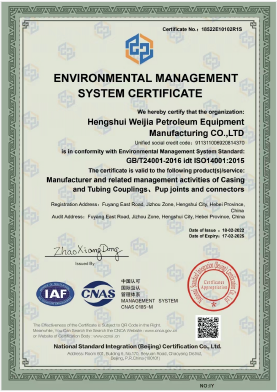- Afrikaans
- Albanian
- Amharic
- Arabic
- Armenian
- Azerbaijani
- Basque
- Belarusian
- Bengali
- Bosnian
- Bulgarian
- Catalan
- Cebuano
- Corsican
- Croatian
- Czech
- Danish
- Dutch
- English
- Esperanto
- Estonian
- Finnish
- French
- Frisian
- Galician
- Georgian
- German
- Greek
- Gujarati
- Haitian Creole
- hausa
- hawaiian
- Hebrew
- Hindi
- Miao
- Hungarian
- Icelandic
- igbo
- Indonesian
- irish
- Italian
- Japanese
- Javanese
- Kannada
- kazakh
- Khmer
- Rwandese
- Korean
- Kurdish
- Kyrgyz
- Lao
- Latin
- Latvian
- Lithuanian
- Luxembourgish
- Macedonian
- Malgashi
- Malay
- Malayalam
- Maltese
- Maori
- Marathi
- Mongolian
- Myanmar
- Nepali
- Norwegian
- Norwegian
- Occitan
- Pashto
- Persian
- Polish
- Portuguese
- Punjabi
- Romanian
- Russian
- Samoan
- Scottish Gaelic
- Serbian
- Sesotho
- Shona
- Sindhi
- Sinhala
- Slovak
- Slovenian
- Somali
- Spanish
- Sundanese
- Swahili
- Swedish
- Tagalog
- Tajik
- Tamil
- Tatar
- Telugu
- Thai
- Turkish
- Turkmen
- Ukrainian
- Urdu
- Uighur
- Uzbek
- Vietnamese
- Welsh
- Bantu
- Yiddish
- Yoruba
- Zulu
casing coupling dimensions
Understanding Casing Coupling Dimensions in Oil and Gas Drilling
In the oil and gas industry, casing coupling dimensions play an essential role in ensuring the integrity and safety of drilling operations. Casing, a series of pipes that are laid down in a drilled well, provides structural support and ensures the well is sealed off from the surrounding geological formations. Couplings, on the other hand, are the connectors that join two sections of casing together, allowing for a secure and efficient assembly.
The dimensions of casing couplings are critical for several reasons. First and foremost, they must be compatible with the casing pipes they connect. This compatibility ensures that the joints can withstand the extreme pressures and stresses that occur during drilling operations. Typically, casing couplings are designed to meet industry standards, such as those set forth by the American Petroleum Institute (API). These standards define specific dimensions and tolerances for different types of casing and coupling configurations.
One crucial dimension to consider is the outer diameter (OD) of the coupling. The OD must be consistent with the casing to ensure a tight fit, preventing leaks that could compromise the well's integrity. Additionally, the inner diameter (ID) of the coupling must accommodate the internal flow of fluids and gases from the wellbore. These dimensions contribute to the overall performance of the casing string, particularly in maintaining hydrostatic pressure.
casing coupling dimensions

Another important aspect of casing coupling dimensions is the thread type and design. Couplings can feature various thread designs, such as buttress, round, or API threads. The choice of thread affects not only the ease of assembly but also the mechanical strength of the connection. Properly designed threads can significantly enhance the load-bearing capabilities of the couplings, ensuring that they can withstand the dynamic forces encountered during drilling.
In addition to these considerations, casing coupling dimensions must also account for factors such as material strength and corrosion resistance. Casing materials, typically made from carbon steel or other alloys, must be selected based on the environmental conditions they will face, including pressure and temperature variations. Corrosion-resistant coatings may also be applied to extend the lifespan of the couplings and enhance their performance.
In conclusion, understanding casing coupling dimensions is vital for ensuring the safety and efficiency of oil and gas drilling operations. By adhering to industry standards and carefully considering the various factors that influence coupling design, operators can maintain the integrity of their wells and optimize production. This knowledge not only supports successful drilling endeavors but also contributes to the overall sustainability of energy extraction practices.
-
Tubing Pup Joints: Essential Components for Oil and Gas OperationsNewsJul.10,2025
-
Pup Joints: Essential Components for Reliable Drilling OperationsNewsJul.10,2025
-
Pipe Couplings: Connecting Your World EfficientlyNewsJul.10,2025
-
Mastering Oilfield Operations with Quality Tubing and CasingNewsJul.10,2025
-
High-Quality Casing Couplings for Every NeedNewsJul.10,2025
-
Boost Your Drilling Efficiency with Premium Crossover Tools & Seating NipplesNewsJul.10,2025







